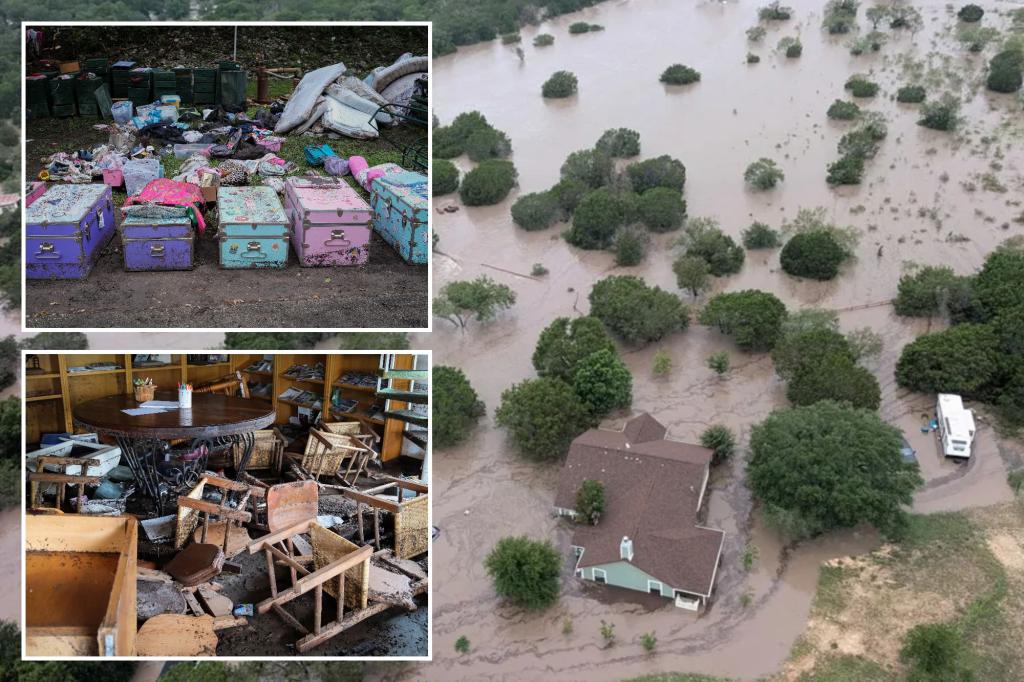“`html
Global Renewable Energy Adoption Surges Amid Climate Crisis
In a significant shift towards sustainability, global renewable energy adoption has accelerated dramatically, with countries around the world investing heavily in clean energy technologies. According to a recent report by the International Energy Agency (IEA), renewable energy sources accounted for 90% of new power capacity additions in 2022, underscoring a critical response to the escalating climate crisis. This trend is evident across continents, with Europe, Asia, and North America leading the charge.
Renewable Energy Growth Statistics
The IEA’s findings reveal that renewable energy capacity reached a record 3,300 gigawatts globally last year, with solar and wind energy driving much of this growth. Solar power alone surged by nearly 24% compared to the previous year, while wind energy installation increased by approximately 15%. The report emphasizes that this momentum is not merely a trend but a necessary pivot to combat the detrimental impacts of climate change.
“The transition to renewable energy is not just beneficial; it’s essential for our survival,” said Dr. Emily Carter, a leading energy analyst at the Global Climate Institute. “The data shows that nations that invest in renewable technologies not only reduce greenhouse gas emissions but also enhance energy security and create jobs.”
The Driving Forces Behind the Transition
Several key factors are propelling this transition to renewable energy. Environmental concerns, energy security, and economic opportunities have emerged as primary motivators for governments and corporations alike. The urgency of climate change, as evidenced by increased natural disasters and shifting weather patterns, has spurred a collective call for action.
- Climate Change: With global temperatures rising and extreme weather events becoming more frequent, the need for sustainable energy sources has never been more pressing.
- Energy Security: Countries are increasingly recognizing the importance of diversifying their energy sources to reduce reliance on fossil fuels and enhance energy independence.
- Economic Growth: Investing in renewable energy technologies creates jobs and stimulates local economies, providing a dual benefit of environmental and economic progress.
Furthermore, advancements in technology have drastically lowered the cost of renewable energy generation. The cost of solar photovoltaic (PV) systems has dropped by about 89% since 2010, making it more accessible than ever. According to the IEA, the levelized cost of electricity (LCOE) for onshore wind and solar PV is now significantly lower than that of coal and natural gas.
Challenges to Renewable Energy Implementation
Despite these promising statistics, the transition to renewable energy is not without its challenges. Infrastructure limitations, regulatory hurdles, and the need for a skilled workforce remain significant obstacles. In many regions, outdated power grids struggle to accommodate the influx of renewable energy, leading to inefficiencies and potential energy waste.
“We need a comprehensive approach to integrate renewable energy into our existing systems effectively,” said Mark Jensen, a renewable energy consultant. “This includes upgrading infrastructure, developing energy storage solutions, and ensuring that the workforce is equipped with the necessary skills.”
Additionally, political and economic factors can influence the pace of renewable energy adoption. Some governments continue to support fossil fuel industries through subsidies, which can hinder the competitiveness of renewable energy technologies. The balance between economic interests and environmental responsibilities remains a contentious issue in many countries.
Global Perspectives on Renewable Energy
Different regions are adopting varying strategies to harness renewable energy. In Europe, the Green Deal aims to make the continent the first climate-neutral region by 2050, with a strong emphasis on renewable technologies. Conversely, countries like China and India are rapidly increasing their renewable capacity, driven by both environmental goals and the need to meet growing energy demands.
In the United States, the Biden administration’s commitment to achieving a carbon-free power sector by 2035 reflects a significant policy shift towards renewable energy. State-level initiatives, such as California’s ambitious goals for solar energy, showcase the decentralized efforts that contribute to this national aim.
The Future of Renewable Energy
Looking ahead, the future of renewable energy appears promising but requires sustained commitment from governments, businesses, and communities. The transition to a more sustainable energy landscape will depend on continued technological advancements, regulatory support, and public engagement in energy conservation and efficiency initiatives.
Experts predict that by 2030, renewable energy could account for over 50% of global electricity generation. This shift would not only mitigate the impacts of climate change but also lead to healthier communities and a more resilient economy. As Dr. Carter points out, “The transition to renewable energy represents the greatest opportunity of our time. Failing to embrace it could mean facing the consequences of an unlivable planet.”
In conclusion, the surge in renewable energy adoption marks a pivotal moment in the global fight against climate change. As nations continue to invest in clean energy technologies, the implications for future generations are profound. The path forward will involve overcoming challenges, fostering collaboration, and embracing innovation to ensure a sustainable and prosperous future for all.
Call to Action: Join the movement towards renewable energy by advocating for sustainable practices in your community and supporting policies that prioritize clean energy investments.
“`



